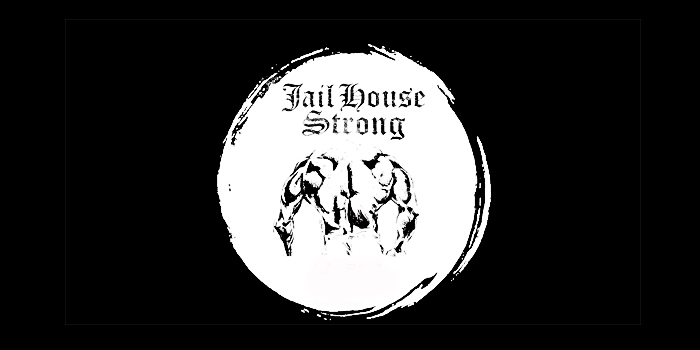
Do you want to work your triceps, but also struggle with pain in your elbows? I hear you. That’s why in this article, we focus on how to train your triceps with proven, isolation strategies. These training exercises lead to bigger and stronger triceps without causing pain in your elbow joint. It’s the best of both worlds, so let’s get started.
Whenever you train, make sure that you first take time to define your purpose. What exactly are you training to achieve, anyways? Once you define your purpose to articulate why you’re training and what your goals are, the rest of the program will make perfect sense, and ultimately fit into a bigger picture of strength and conditioning.
Training the triceps involves the elbow joint, which is a particularly vulnerable part of the body. As such, warming up is extremely important to prevent injury. Furthermore, warming up with a movement that you’re actually going to train is critical. Dynamic warm-ups are great and can be highly beneficial when done correctly, but it doesn’t change the fact that warming up with a movement that you’re going to train will help better prepare your body and fuel progress.
To a certain extent, warm-ups have to be individualized. For instance, if you’re training in the winter in an environment that lacks climate control, you’re going to need more warm-up exercises than someone training in 100-degree temperatures. Let’s say that you start off with a bench press and are going to train your triceps with dumbbell extensions. Perhaps you begin with 25 pounds – then you might do a set of 10-pounds first, then a set of 15 or 20 pounds before jumping right into it. Moreover, this is assuming that you’ve already bench pressed. If you haven’t, you might need even more of a warm-up than what I outlined above.
At the end of the day, powerlifters are training triceps to increase their pressing strength and lockout, which means that technical execution is key. Numbers for the sake of numbers don’t mean jack – it’s all about working the triceps. In life, everything has a risk and a benefit. When it comes to training your triceps, proper technical execution serves to decrease the risk and increase the benefit of the movement.
As a powerlifter, the objective when bench pressing is simply to move the barbell from point A to point B, with perfect technique and as forcefully as possible. Your focus is very much so on the external movement that you’re performing: the bench press. Nonetheless, what we’re talking about here is training isolation exercises; this is an internal focus. A true mind-muscle connection is imperative for this kind of training. Pure intentionality helps you to focus specifically on working your triceps, as opposed to relying on momentum or just heaving weight around the gym. Simply put, it’s about more than just moving from point A to point B.
As you are performing these exercises, please keep in mind that if you don’t feel it, then kill it. You must feel your triceps working to make gains. If you are experiencing trouble with feeling them engage, there are a couple techniques that you can try to bring the focus back to your triceps. First, try isometrically contracting your triceps as hard as possible for six seconds prior to performing the training movement. If that doesn’t work, you can try adding an accentuated negative to the exercise. For example, if you’re doing a decline skull-crusher, try adding a five-second negative. Instead of bringing the bar down at a normal speed, lower down at a steady count of five. Finally, you should also ensure that you’re initiating the contraction with the muscle that you’re trying to target – in this case, the triceps. You can’t just heave something and expect the right muscles to engage halfway through the movement.
Lastly, there are times that strength athletes must broaden their horizons with outside-of-the-box exercises. I’ve talked before about Plato’s allegory of the cave, in which you can’t see anything outside of your surroundings. We ideally want to avoid this myopic view of the world – and of strength training. As such, if you’re doing a triceps extension, try the movement with bands or chains. With this adjustment, the weight is lightest when you’re most vulnerable – at the bottom of the movement. Similarly, when you are strongest at the top, the weight is the heaviest, as the full breadth of the chain links are lifted up off of the ground. This serves to overload the entire range of motion, while simultaneously protecting your elbows when they are most vulnerable.
For another outside-of-the-box training movement, try adding cables. You don’t have to bust out the banana hammock and posing oil to do this! Let’s say that for example, decline-triceps extensions are painful for you. Try getting down and performing the movement with a rope on a cable machine. I think you’ll be pleasantly surprised to find that you’ll get a different stimulus and a great training effect in doing so.










